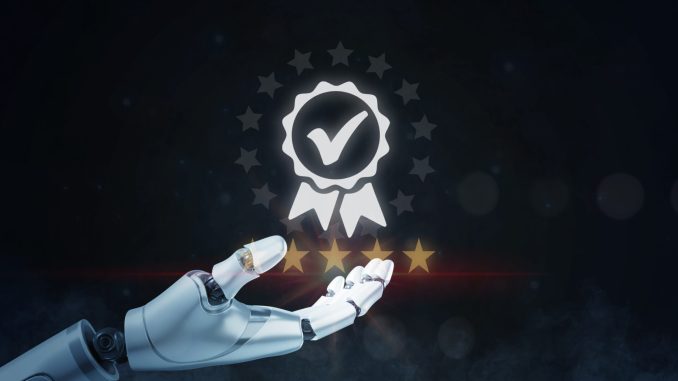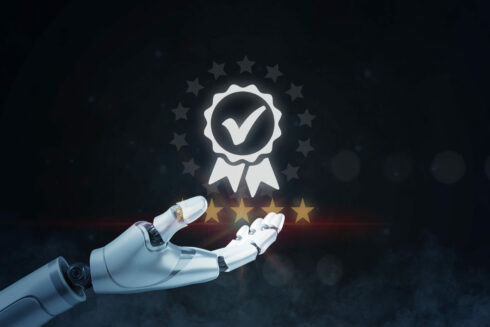


In the ever-evolving landscape of software engineering, tools like GitHub Copilot are fundamentally changing how developers use Generative AI (GenAI) in coding. This shift is especially evident in the software testing realm, where AI-generated code is starting to impact customer environments significantly.
It’s fascinating to observe how the software engineering world is transforming with the advent of GenAI—it feels akin to watching a science fiction movie become reality. GitHub Copilot and similar AI tools are revolutionizing the way developers approach coding, injecting an element of excitement into their routines. Interestingly, this development may lead developers to engage even less in basic testing, a task many already find mundane. The prevailing sentiment is that developers prefer crafting and refining code over testing it.
To encourage the “shift-left” movement—which advocates for testing early and often—many test tool vendors are exploring Copilot-like methods for script-based test automation. They anticipate that developers will use these tools to generate early test scripts with GenAI assistance. This trend highlights how AI-assisted technologies can optimize workflows by automating routine tasks and suggesting improvements, perfectly aligning with the proactive shift-left approach.
However, should we narrowly define GenAI-driven test automation as merely an extension of tools like Copilot for creating Selenium-like scripts? Such a view greatly underestimates the transformative impact of AI in quality assurance (QA) testing. To truly leverage GenAI’s capabilities, we must expand our perspective beyond developer-centric models. While integrating testing earlier in the development process is beneficial, GenAI’s real strength lies in democratizing testing, fulfilling its core promise by enabling a broader range of participants, including manual testers, to effectively use no-code test automation tools.
No-code test automation platforms are particularly promising. They empower individuals without programming skills, such as manual testers and business analysts, to actively participate in the testing process. By incorporating GenAI, these platforms can now interpret plain language instructions to automatically create and manage tests. This shift not only makes testing more inclusive but also enhances the quality and scope of software testing by integrating diverse perspectives. Analysts, understanding the intended use scenarios of an application, can now articulate these tests in plain language.
Might this signify a significant trend reversal from shift-left to shift-right? It’s too early to say definitively. Developers will likely continue to use tools like Copilot to improve unit testing and automate some aspects of it with AI-assisted scripts. Yet, given the projection shared at the recent IDC Directions 2024 conference—that customers will create one billion applications by 2028, many utilizing GenAI—the need for quality assurance will intensify to maintain some level of quality in production environments. It’s unrealistic to expect developer-led testing to keep pace with this shift.
A shift-right approach may be necessary, augmenting developers with non-technical personnel to enhance QA with these no-code test automation tools. This hybrid strategy can leverage both developers and QA team members using GenAI-driven copilots and no-code test automation platforms to create tests, bringing together the broadest range of technical and business insights.
GenAI-driven low-code test automation doesn’t just enhance the testing framework—it also fosters a collaborative environment where quality is everyone’s responsibility, breaking down traditional barriers between technical and non-technical roles. This culture of quality ensures that software not only meets technical standards but also closely aligns with user needs and business objectives.
Ultimately, while AI tools like Copilot are invaluable for boosting developer productivity in test automation, the future of test automation must prioritize inclusivity. By integrating advanced code-based tools with accessible no-code platforms, organizations can ensure that their testing processes are comprehensive, efficient, and inclusive. This strategy will enable high-quality software development to be a collective achievement, bridging the gap between technical expertise and business insight. How will your organization prepare to harness the GenAI based testing strategies?

